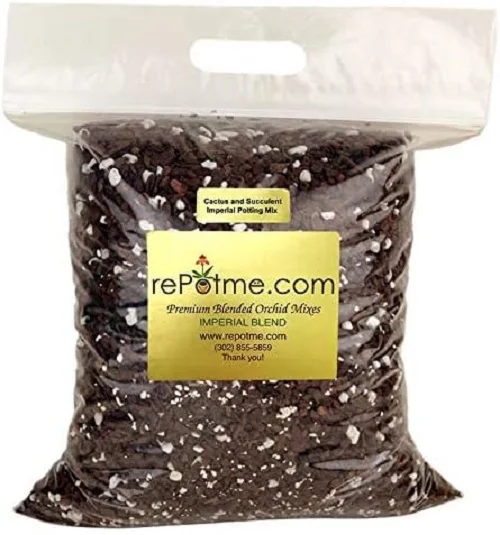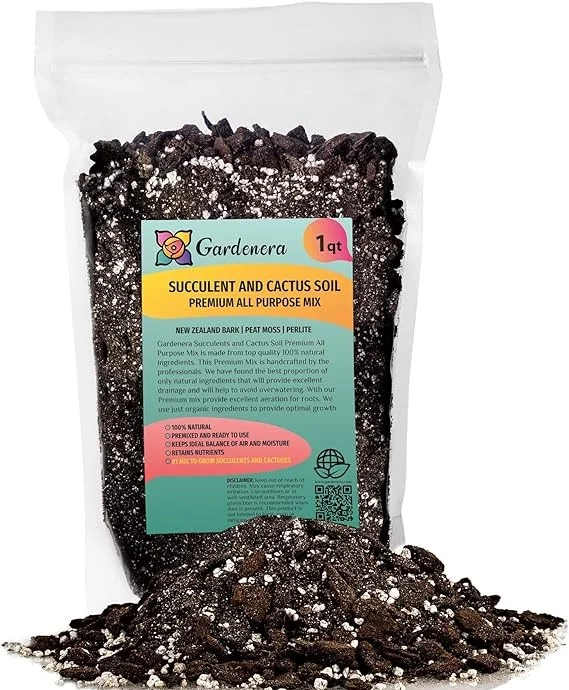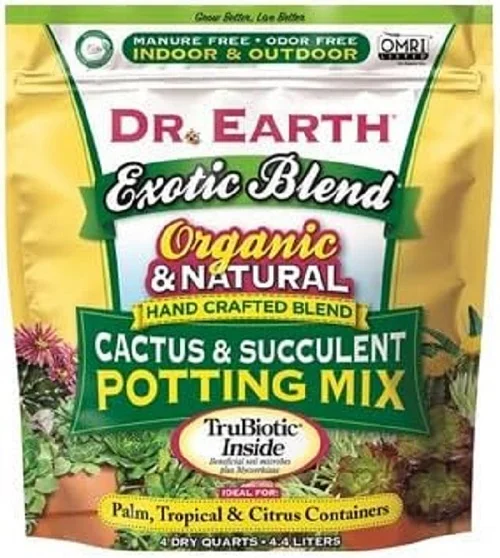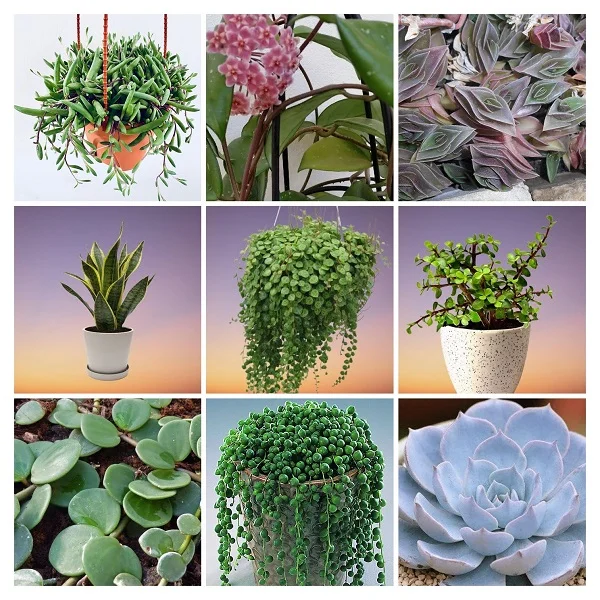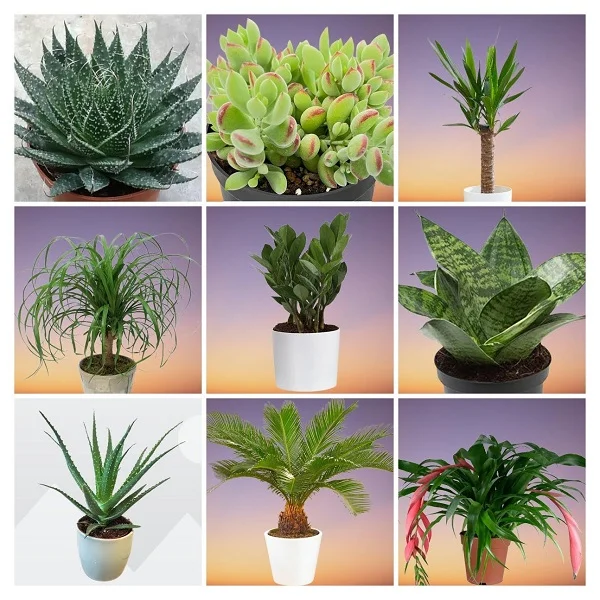Burro's Tail Plant (Sedum morganianum) Indoor Care, Propagation, Problems with Solutions
Some links in this post may be affiliate links
Burro's Tail Plant (Sedum morganianum) grows best in bright light with some direct sunshine, average warmth, moderate humidity and moderately moist, rich, loose, succulents soil coupled with monthly feeding in the growing season.
Sedum morganianum also called Donkey's Tail Plant is a trailing plant which bears 2-3 feet long stems, completely clothed with blue-green cylindrical succulent leaves.
With its spectacular cascading stems and terminal, pink to red flowers, Donkey's Tail Plant is ideal for a hanging basket. It is one of the beautiful hanging succulents for indoors.

Botanical name: Sedum morganianum
Family: Crassulaceae
Common names: Burro's Tail Plant, Donkey's Tail Plant
Origin
Sedum morganianum is native to southern Mexico and Honduras.
Related Plants
Sedum morganianum is related to Sedum pachyphyllum (Blue Jelly Beans Plant) and Sedum rubrotinctum (Jelly Beans Plant) which are ideal for the home, office and other spaces.
Toxicity
Burro's Tail Plant is non-toxic to both humans and pets as indicated by ASPCA. It is safe to grow indoors. However, it should not be eaten.
Where to Buy
If you are looking to add Donkey's Tail Plants to your collection, you may obtain these plants online from Amazon (Link to Amazon) or from Etsy (Link to Etsy).
Sedum morganianum Care Indoors
Burro's Tail Plant (Sedum morganianum) does best in bright light with 6-8 hours of direct sunshine, average warmth of 18-260C, moderate humidity of 50-55% and moderately moist, fertile, loose, succulents soil coupled with monthly feeding during the growing season.
Sedum morganianum requires pruning to keep the plant neat as well as minimize pest and disease infestations. Repotting is needed only when it becomes pot-bound. Keep reading for the best growing conditions and how to achieve them.
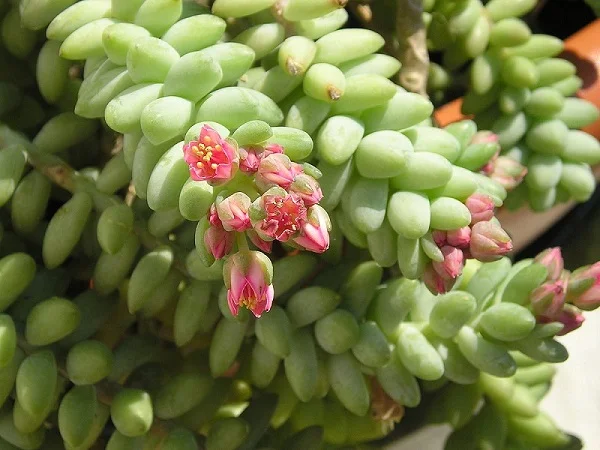
Watering
Water Burro's Tail Plant liberally during the growing season and allow the top half of the soil to dry out between waterings to keep the soil moderately moist.
Significantly lessen watering in the cold months as growth is minimal at this time to maintain the soil barely moist.
Ascertain that the pot has a drainage hole to prevent the soil from getting soggy as it can lead to stem-rot and death of the plant.
Avoid wetting the leaves as it can lead to rotting or water from the bottom instead. Use water that is at room temperature to avoid plant shock as it can result in leaf drop and reduced growth.
Light Requirements
Burro's Tail Plant grows best in bright light with 6-8 hours of direct sunshine to enhance leaf coloration. Keep it away from hot midday sunshine to avoid sunburn on the leaves.
Should you choose to take the Donkey's Tail Plant outdoors, gradually acclimate it and place in a shaded place first before exposing it to direct sunlight.
Sedum morganianum can also be grown under a grow light where the natural lighting is not sufficient. Take a look at these full spectrum grow lights available on Amazon.
Regularly rotate the pot to ensure that the plant gets adequate light on all sides for uniform growth and prevent leggy growth.
Temperature and Humidity
Average warmth temperatures of 18-260C are ideal for Donkey's Tail Plant. A sudden change in temperature between day and night is excellent for this plant. Keep it away from cold drafts to avoid flacuations in the temperature as they can lead to reduced growth and leaf drop.
Burro's Tail Plant has no need for extra humidity. Average room humidity of 50-55% is adequate for the plant. Regularly clean the leaves by gently brushing off the dust with a soft brush. Ensure that there is good air circulation to discourage fungal diseases.
Fertilizer
Feed Burro's Tail Plant monthly during the growing period with a balanced, liquid fertilizer. Stop feeding in the cold season to avoid fertilizer burn as growth is minimal at this time.
Potting Medium
The best soil for Burro's Tail Plant should be sandy or rocky soil to avoid getting soggy soil. The soil should be loose enough to allow water to drain out fast enough. Cactus and succulents potting mixes are ideal for this plant.
Repotting
Repot Burro's Tail Plant only when the plant is pot-bound and take care not to damage the fragile leaves as they drop very easily but they can be used for propagation.
Use a shallow rather than a deep pot as it has shallow roots. A clay pot is preferable because it is porous and therefore allows the soil to dry out faster.
The pot should be only 1 size larger than the current one. Ensure that the pot has a drainage hole to prevent the soil from getting soggy as it can lead to rotting. Check out these succulents pots available on Amazon.
Pruning
Pruning Burro's Tail Plant requires removal of dead or diseased leaves to maintain the plant tidy as well as reduce pest and disease infestations.
Propagation
Burro's Tail Plant (Sedum morganianum) can be propagated from leaf cuttings or stem cuttings at the beginning of the growing season.
How to propagate Burro's Tail Plant from stem cuttings
Take 4-6 inches stem cuttings from a healthy Burro's Tail Plant. Allow the cuttings to dry (callus) for 1-3 days before planting to avoid rotting.
Lay the cuttings on moist free-draining soil. Water lightly by misting, only when the soil is dry and avoid getting the soil soggy as it can lead to rotting.
Place the set up in a warm, brightly-lit place away from direct sunlight until there is new growth. Roots can take about 3-4 weeks to develop.
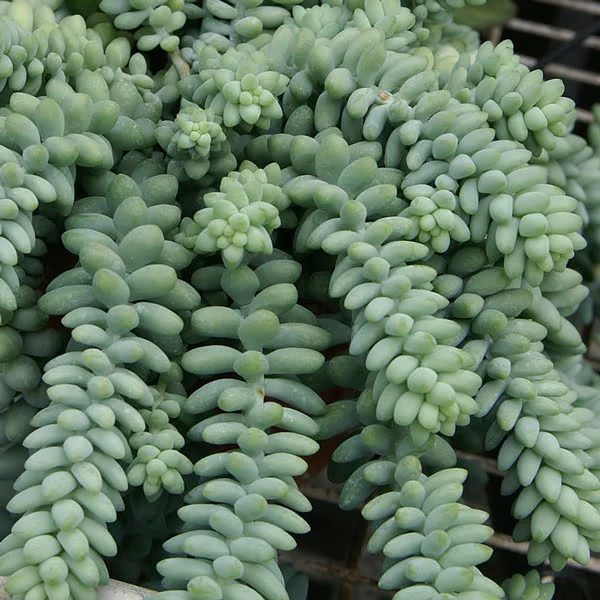
Sedum morganianum Problems with Solutions
Burro's Tail Plant (Sedum morganianum) growing problems include leaf spots, rotting, yellowing, shrivelled leaves, pests and diseases. Keep reading for more on these problems and how to fix them.
Shrivelled leaves
Shriveled leaves in Burro's Tail Plant are caused by underwatering. Water theplant deeply during the growing season while allowing the to half of soil to dry out between waterings to maintain the soil moderately moist. Decrease watering in the cold season to keep the soil slightly moist but do not allow the soil to dry out completely. Learn more on how to water houseplants the correct way.
Pests
Common pests in Burro's Tail Plant are mealybugs and scale insects. Isolate the affected plant to reduce spread to other plants and treat it with insecticidal soap as per the manufacturer's instructions.
Rotting base, yellow and shrivelled leaves
Rotting plant base followed by yellowing and shrivelled leaves in Burro's Tail Plant is an indication of basal stem-rot disease which is brought about by overwet conditions.
Maintain the soil moderately moist during the growing season and barely moist in the cold period. Further, make sure that the pot has a drainage hole and that the soil is free-draining to prevent it from getting soggy.
Brown soft spots
Brown soft spots in Burro's Tail Plant is leaf spot disease which is enhanced by poor air circulation. Ensure there is free air circulation at all times to discourage the disease infestation.
You liked it? Share on social media.
Related Content
Amazon Associates Disclosure
Homeplantsguide.com is a participant in the Amazon Services LLC Associates Program, an affiliate advertising program designed to provide a means for sites to earn advertising fees by advertising and linking to amazon.com.
